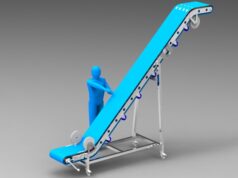
In the dynamic world of inventions, the journey from concept to a tangible product is akin to navigating a maze. There are twists, turns, and dead ends, but persistence eventually leads to the goal. At the beating heart of this voyage is the principle of invention and evolution.
It’s not just about birthing an idea but nurturing it, allowing it to grow, and adapt. This metamorphosis is grounded in the continuous refining, tweaking, and perfecting of an idea until it’s ripe and ready for the market.
A fundamental companion in this journey is the art of iterating prototypes, the blueprints of innovation. Through this blog post, we will delve deep into the mesmerizing world of prototypes, the unparalleled magic of the iterative approach, the profound lessons one can extract from failures, and the art of perfecting one’s vision.
So, fasten your seat belts and prepare to embark on an intellectual exploration, discovering the roadmap for immaculately refining your inventive ideas.
The Prototype’s Role in Invention
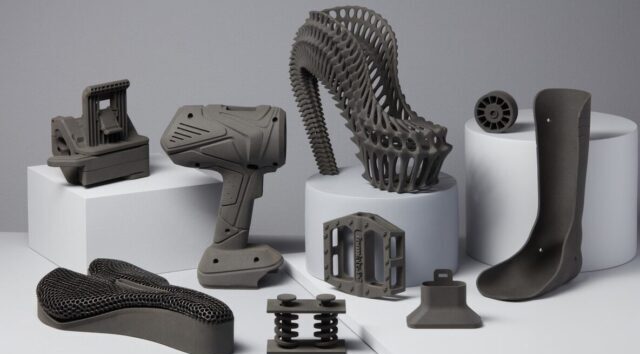
If we were to trace the lineage of every monumental invention, we would invariably arrive at its humble ancestor – a basic prototype. This tangible representation stands as the embryonic form of what later becomes a groundbreaking idea.
Prototypes are more than just lifeless models; they breathe life into visions, offering inventors the chance to witness their imagination in action, to test its real-world feasibility, and to identify areas begging for improvement.
This instrumental phase serves as a bridge, a conduit between the nebulous realm of abstract ideation and the solid world of concrete creation. In essence, they provide an experimental canvas, an inventor’s playground, where ideas are tested, refined, and reimagined, setting the stage for innovation.
The Iterative Approach
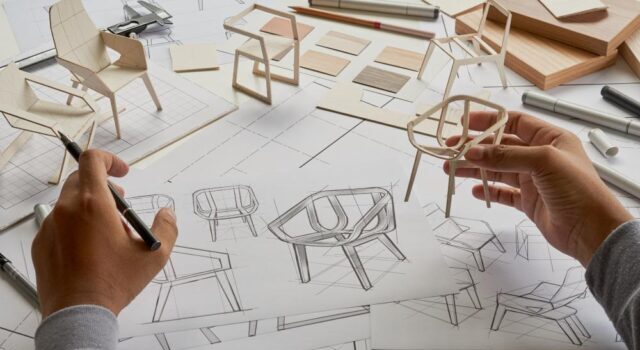
At the core of the invention process lies iterative prototyping. Envision a cycle, a loop where designing, testing, analyzing, and refining form the integral stages. The journey is rarely about achieving perfection in one fell swoop but is instead marked by continuous, relentless refinement.
With every cycle, the design evolves, flaws are spotlighted faster, and a richer understanding of user needs is cultivated as even InventHelp suggests. And the beauty of it? Each iteration, each cycle, draws the inventor a step closer to the epitome of their vision.
The concept matures, its functionality sharpens, and its design becomes more refined with every subsequent pass.
Learning from Failure
To the untrained eye, failures may seem like the end, but to the visionary, they are merely stepping stones leading to greatness. The annals of history are littered with such tales.
Consider the indefatigable spirit of Thomas Edison, whose relentless experiments illuminated our world. He once remarked, “I have not failed. I’ve just found 10,000 ways that won’t work.”
Such unwavering determination and the countless trials and errors he undertook eventually paved the path toward the successful and refined final product which is something you should always seek additional info about.
Embracing these setbacks, analyzing the lessons they bring, and adapting to them, form the very bedrock of the invention evolution process.
Setting Clear Goals

The essence of iteration is undeniably crucial. Yet, embarking on a journey of iteration without a compass, without clear direction, can lead to aimless wanderings. Thus, the importance of setting precise, measurable, and genuinely achievable goals for each prototype iteration cannot be overstressed.
These well-defined objectives become the lighthouse, illuminating the murky waters of the invention process, guiding the refinement towards a vision clearly etched in the inventor’s mind.
Gathering Feedback
In the tapestry of invention, feedback forms the intricate threads adding depth and texture. It acts as the mirror, candidly reflecting both the brilliance and the blemishes of a prototype.
Innovative methods such as user testing serve as windows, offering a peek into the real-world user experience. On the other hand, surveys transform user sentiments into tangible data, presenting a broader picture of user preferences.
Adding another dimension, expert opinions contribute a technical perspective, pinpointing areas ripe for enhancement. Together, these feedback channels weave a rich narrative, invaluable for refining prototypes.
Incorporating User-Centric Design

An invention’s true measure of success is its resonance with its end-users. This underscores the essence of embracing a user-centric design philosophy. Such an approach mandates the prioritization of user needs, their preferences, and holistic experiences.
The revered principles of user-centered design, including usability, accessibility, and utmost relevance, become the guiding force, ensuring that the final product emerges as a harmonious symphony that aligns seamlessly with user expectations.
Materials and Technology Advancements
As time marches on, the realms of materials and technology constantly evolve, offering fresh, transformative horizons for prototypes.
Consider the technological metamorphosis: from the unwieldy bulk of early mobile phones to the sophisticated sleekness of modern smartphones or the evolution from tangled wired earphones to the liberation of wireless earbuds.
Being in sync with the latest advancements in materials and technology doesn’t just add an edge; it ensures your prototype stands the test of time, remaining both contemporary and functional.
Cost-Effective Prototyping
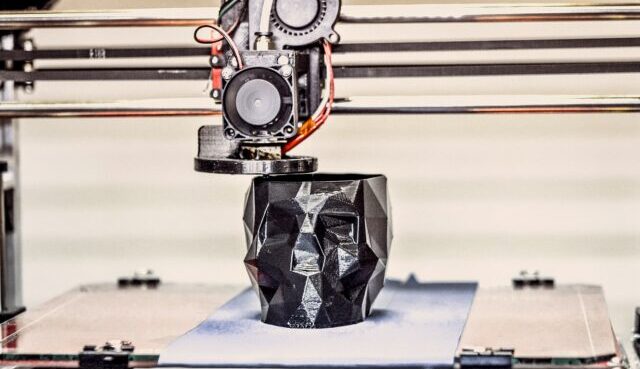
The path of invention, while intellectually rewarding, can often be resource-intensive. Thus, the brilliance lies in balancing ingenuity with economy. In the modern age, tools like digital simulations, 3D printing, and the use of cost-effective, sustainable materials offer a beacon of hope.
Furthermore, the wisdom of reusing components from erstwhile iterations, or the practicality of sourcing indigenous materials, can significantly drive down expenditures without compromising on the vision’s integrity.
Case Studies in Invention Evolution
The tale of James Dyson stands as a testament to the spirit of relentless refinement and iteration. Dyson navigated through a staggering 5,127 prototypes before arriving at the design of his revolutionary vacuum cleaner.
This journey, replete with challenges and triumphs, encapsulates the essence of invention evolution, shedding light on the unyielding perseverance, unwavering dedication, and the insatiable hunger for perfection required in the invention process.
Overcoming Challenges
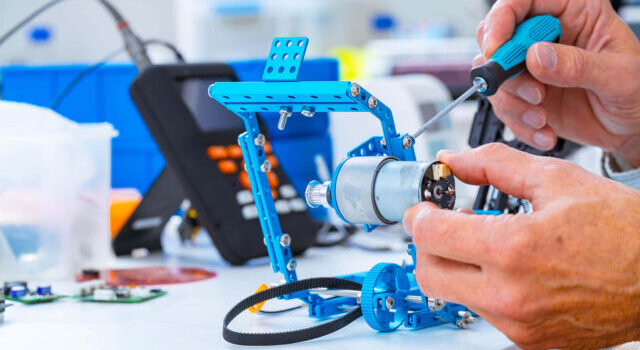
Treading the path of prototyping is not without its thorns. Challenges, whether they be in the form of resource constraints, lurking technical limitations, or unforeseen design flaws, are par for the course.
Yet, these obstacles, when met with a cocktail of creative problem-solving, adaptive thinking, and a thirst for continuous learning, transform from mere hindrances to golden opportunities, each paving the way for refinement and evolution.
Conclusion
The symphony of invention evolution is a harmonious blend of passion, persistence, and precision. It narrates the tale of a raw concept, given form, nurtured, and polished until it gleams with perfection.
Embrace the imperfections, cherish the lessons they teach, and let them illuminate the path to your masterpiece. To the burgeoning community of inventors and innovators, a word of wisdom – remember, every iteration, every tweak, every refinement is a step closer to perfection.
Armed with these insights, may you embark on your exhilarating odyssey of invention evolution with confidence and flair!





